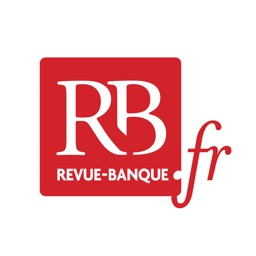
While cash payments shrink, a phenomenon accelerated by the pandemic, and in response to the growing attraction of private cryptocurrencies and the lead taken by certain countries including China, the European Central Bank (ECB) too is now considering the possibility of creating its own digital currency.
A digital central bank currency can be a “wholesale” currency used between banks and the central bank – in this case, other than technically, the economy of the monetary system as a whole scarcely changes – or a central bank currency held by the public, thus co-existing with physical banknotes, also issued by central banks.
For some of the public and depending on the country, the importance of fiat money to better protect privacy varies. This is why the ECB is careful to state that it will create a digital currency alongside and not instead of fiat money, and to specify that the ECB “cryptocurrency” could potentially guarantee the anonymity of its users. In countries where banks are relatively inaccessible because branch networks are much less dense, a central bank digital currency could well increase financial inclusion.
Why do central banks want to launch such currencies, beyond the legitimate interest of not lagging behind new technologies? The fundamental reasons are their no less legitimate interest in preserving the effectiveness of certain transmission channels from monetary policy to the economy. And their need to have (monetary) contact with the general public, which could diminish, and possibly vanish, with the gradual reduction in the use of banknotes. Competition with private cryptocurrencies does not seem to me to be an argument, however, because it is down to the banking currency denominated in the national currency (or in euros, in the case of the eurozone), and therefore down to the “official” currency system as a whole, to be more credible than private (crypto) currencies, and not down to central banks alone.
While the intentions are perfectly understandable, however, care should be taken to ensure that this desire to create a digital euro does not cause financial instability. It must not be the case that at the slightest concern, whether well-founded or not, about the banking system as a whole or a particular bank, massive transfers occur from bank accounts to the central bank’s digital currency. The possibility of panic would consequently be considerably increased. To guard against this hazard, the ECB is considering capping deposits in its digital currency. If the ceiling was not very low (less than an individual holds in banknotes in their wallet on average), the creation of such a currency would potentially precipitate the possibility of systemic risk.
Moreover, such a currency – whether it is held in accounts in commercial banks or not does not change anything – in insufficiently small quantities could raise fears that a significant portion of bank deposits will gradually evaporate, thereby automatically diminishing the role of commercial banks as financial intermediaries. In the long term, it is even conceivable that deposits could be entirely held in digital central bank currencies, ultimately forcing commercial banks to refinance almost exclusively on the financial markets or with central banks to secure credit. This would then seriously damage the economy; under-estimating the role of commercial banks, the fundamental economic role of which is to be a centralised centre for risk, would have serious economic consequences. By transforming deposits, the desired duration of which is generally very short-term, into loans with an average maturity in the medium to long term, banks essentially shoulder the liquidity and interest rate risks that economic stakeholders, households and businesses do not know about or want to take. This role is extremely useful, because it underpins the proper functioning of the financial system, which consists of aligning the financing capacities of some parties with the financing needs of other parties, given that they rarely spontaneously match in terms of maturities, liquidity, and appetite for credit risk.
Lastly, the creation of a dollar-denominated central bank digital currency by the Fed could precipitate dollarization of the economies of countries with weaker currencies, which would further reduce their room for manoeuvre in terms of economic policy.
It is therefore crucial that central banks make the right decision, and make their calibrations and adjustments, with due consideration of both the benefits and the challenges and hazards of such innovation in terms of the ultimate effectiveness of financing the economy and financial stability. The potential risks could, otherwise, be significant.